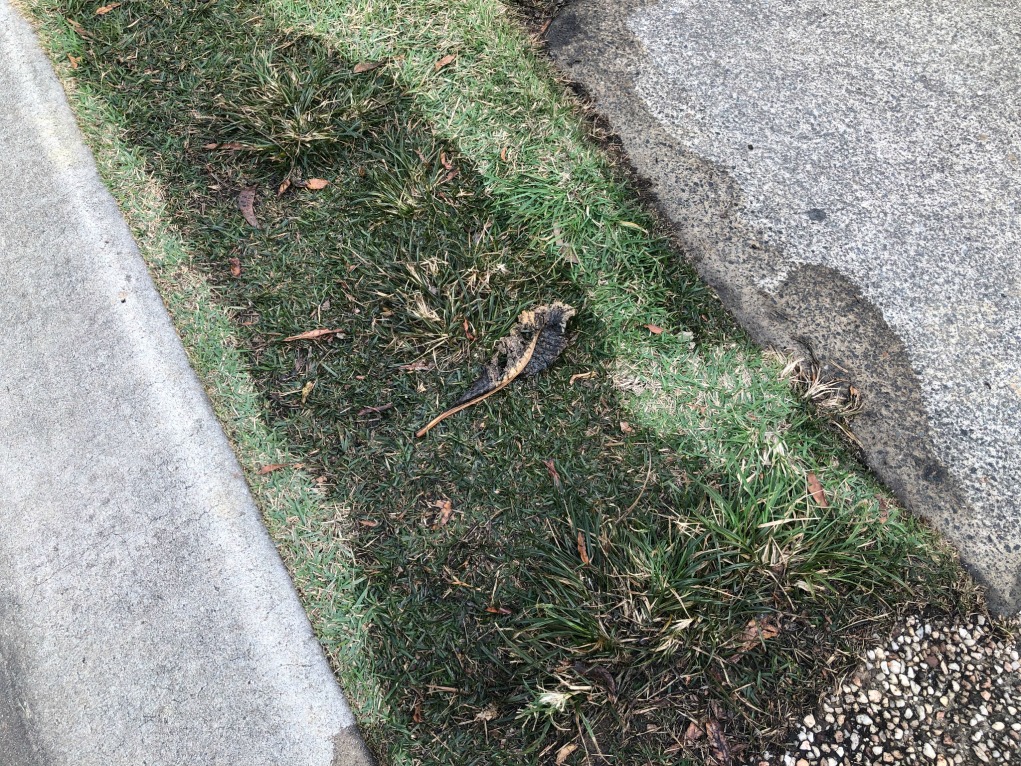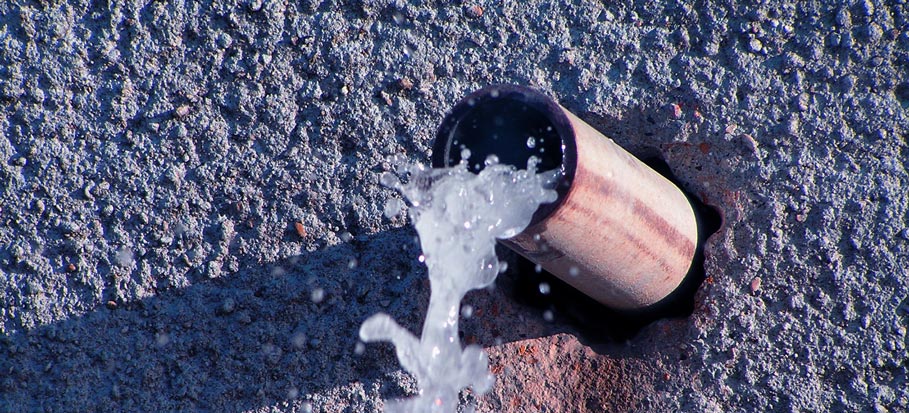Exactly how to Locate and Repair Work Water Leaks-- A Comprehensive Overview
Exactly how to Locate and Repair Work Water Leaks-- A Comprehensive Overview
Blog Article
We have stumbled upon the article involving Locating water leaks below on the web and believe it made sense to relate it with you on my blog.

Early discovery of dripping water lines can minimize a potential disaster. Some tiny water leaks may not be noticeable.
1. Take A Look At the Water Meter
Every house has a water meter. Examining it is a guaranteed way that aids you find leaks. For beginners, turn off all the water resources. Guarantee no person will purge, utilize the tap, shower, run the cleaning device or dishwashing machine. From there, go to the meter and also watch if it will transform. Since nobody is using it, there need to be no motions. That indicates a fast-moving leak if it relocates. If you discover no changes, wait an hour or 2 and also examine back again. This implies you may have a slow leakage that can even be underground.
2. Inspect Water Consumption
Analyze your water bills and also track your water intake. As the one paying it, you ought to discover if there are any type of disparities. If you find sudden changes, despite your intake coinciding, it indicates that you have leaks in your plumbing system. Remember, your water costs must drop under the very same range every month. An abrupt spike in your costs suggests a fast-moving leak.
At the same time, a stable increase each month, even with the exact same behaviors, reveals you have a slow-moving leak that's also gradually intensifying. Call a plumber to thoroughly inspect your home, especially if you feel a warm location on your floor with piping below.
3. Do a Food Coloring Test
When it comes to water consumption, 30% comes from bathrooms. If the shade somehow infiltrates your dish throughout that time without flushing, there's a leak in between the container as well as dish.
4. Asses Exterior Lines
Do not neglect to check your exterior water lines too. Needs to water seep out of the connection, you have a loosened rubber gasket. One little leak can lose tons of water and also increase your water bill.
5. Evaluate as well as Assess the Situation
House owners need to make it a habit to examine under the sink counters as well as even inside closets for any type of bad odor or mold and mildew development. These 2 warnings indicate a leak so prompt attention is needed. Doing regular assessments, even bi-annually, can save you from a major issue.
A lot more importantly, if you know your residence is already old, keep a watchful eye on your heating systems, pipes, pipes etc. Check for stainings and also weakening as the majority of home appliances and pipes have a life span. They will certainly additionally naturally deteriorate due to wear and tear. If you believe leaking water lines in your plumbing system, don't wait on it to escalate. Call a specialist plumber immediately so you don't end up with a dreadful mess in your house.
Early discovery of leaking water lines can reduce a prospective catastrophe. Some tiny water leaks may not be noticeable. Examining it is a surefire method that aids you find leakages. One tiny leakage can squander bunches of water and also increase your water bill.
If you presume dripping water lines in your plumbing system, don't wait for it to escalate.
How to Know If Your Home Has a Hidden Leak
Water Meter Reveals Inexplicable Water Usage
If you’d like to test whether or not there’s a leak somewhere in your home, you can do this using your water meter. Here is how to conduct the test:
Don’t use any water in your home for at least 30 minutes; this also means not turning on faucets or water-using appliances.
Go outside, and check your water meter for activity.
If your water meter shows that there was activity, even though no one was using any water, this proves that there is a leak in your home.Visible Mold or Mildew Growth
Leaks behind walls create moist, dark environments that allow mold and mildew to grow and thrive. Eventually, you might see mold growth forming on the wall closest to a hidden leak.
If mold is growing in an area that receives a high amount of moisture, such as a bathroom, it may simply be an indication that better ventilation is needed. However, if you see mold growth on a wall or the ceiling in an area where you would not expect, you probably have a hidden leak.
Musty, Mildew Odor
Sometimes you might not be able to see the mold or mildew that is growing as a result of a leak. However, the smell can give the problem away just as easily. If you catch a whiff of something musty, there’s a good chance that old water is collecting somewhere in your home that you can’t see.
Stained/Warped Walls, Ceilings, or Floors
When your home soaks up water, a variety of red flags can become visible, including ceiling stains, bubbling drywall, warped walls, and sagging floors. While these issues can be caused by excess humidity, they can also be signs that a pipe or plumbing connection has started leaking behind your walls.
Inexplicably High Water Bill
After a while, you get a general sense for what your water bill should be. If you own a pool or sprinkler system, your bill will tend to be higher during summer. However, if you receive a water bill that seems especially high, and you can’t figure out what caused it, then you may have a hidden leak somewhere that’s increasing your bill.
https://www.plumbingjoint.com/blog/2019/july/how-to-know-if-your-home-has-a-hidden-leak/

We were shown that editorial about Finding hidden leaks through an acquaintance on another domain. Liked our article? Please share it. Help another person check it out. Thanks for your time. Visit us again soon.
Report this page